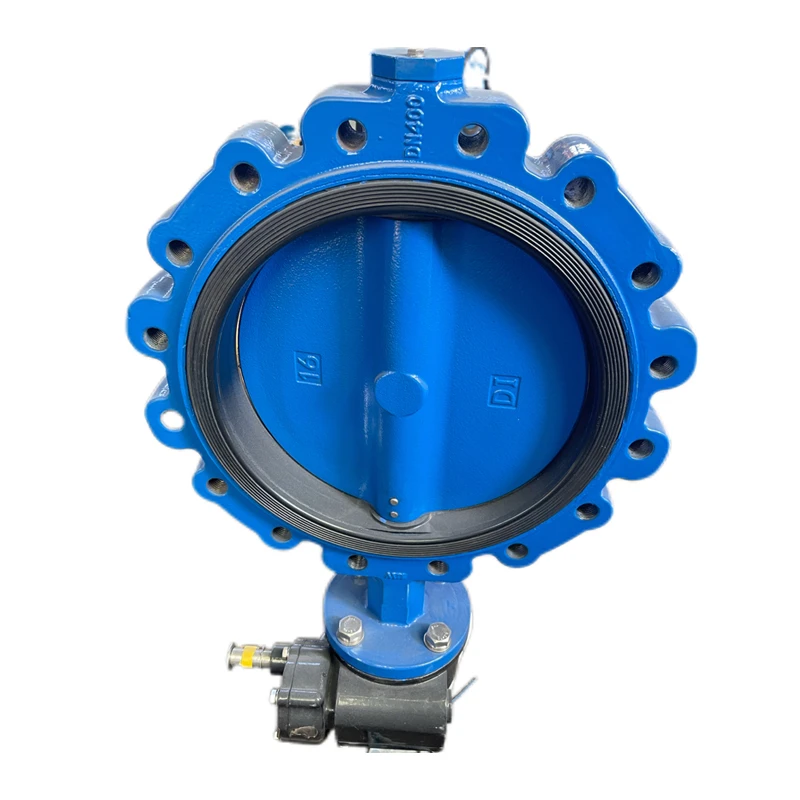ធ្នូ . 13, 2024 21:06 Back to list
Cast Steel Check Valve Applications and Benefits in Fluid Control Systems
Understanding Cast Steel Check Valves A Comprehensive Overview
Cast steel check valves are crucial components in various industrial applications, allowing fluids to flow in one direction while preventing backflow. This article explores the intricacies of cast steel check valves, including their design, advantages, applications, and maintenance, providing a thorough understanding for engineers and industry professionals.
What is a Cast Steel Check Valve?
A check valve, also known as a non-return valve, is designed to prevent the reverse flow of fluids in piping systems. Cast steel check valves are made from high-strength cast steel, which provides excellent durability and resistance to high pressures and temperatures. These valves operate automatically, relying on the pressure of the fluid flowing through the valve to open or close the mechanism.
Design and Features
Cast steel check valves come in various designs, including swing, lift, and dual plate.
1. Swing Check Valves These valves feature a disc that swings on a hinge or pivot. When fluid flows in the desired direction, the disc swings open; if backflow occurs, the disc swings shut, preventing reverse flow. This design is common in low-pressure applications.
2. Lift Check Valves These valves use a lift mechanism where the valve disc moves vertically. They are suitable for applications with high flow rates and can handle larger pressure differences, making them ideal for critical processes.
3. Dual Plate Check Valves Featuring two spring-loaded discs, these valves offer minimal pressure drop and compact design. They are particularly efficient for high-flow and high-pressure applications, often seen in power plants and petrochemical facilities.
Advantages of Cast Steel Check Valves
1. Strength and Durability Cast steel provides excellent mechanical properties, making these valves suitable for high-pressure and high-temperature applications. Their robust construction ensures long-lasting performance and resistance to wear.
2. Corrosion Resistance Many cast steel check valves are available with various coatings or are made from alloyed steel, which enhances their resistance to corrosion—a critical factor in industries involving aggressive fluids.
3. Versatility Cast steel check valves can be designed to fit a wide range of pipeline sizes and configurations, making them suitable for diverse applications, including power generation, water treatment, and oil and gas industries.
4. Low Maintenance Once installed, these valves generally require minimal maintenance. Their simple operation reduces the likelihood of failure, further enhancing their reliability.
cast steel check valve

Applications
Cast steel check valves are widely used across various industries due to their versatility and reliable operation. Some common applications include
- Water and Wastewater Treatment They help prevent backflow in treatment plants, protecting the system from contamination.
- Oil and Gas In pipelines transporting crude oil or natural gas, these valves help maintain pressure and safe operation while preventing leaks
.- Power Generation They are essential in steam and cooling systems within power plants, ensuring efficient flow and safety.
- Chemical Processing Cast steel check valves are used in chemical plants to handle corrosive substances, maintaining the integrity and efficiency of the process.
Maintenance Tips
To ensure the longevity and proper functionality of cast steel check valves, regular maintenance and inspections are essential
1. Routine Inspection Regularly check for leaks, vibration, or unusual noises during operation.
2. Cleaning Ensure that the valve and surrounding pipes are free from debris or sediment that could affect performance.
3. Functional Testing Periodically test the valve’s operation to confirm that it opens and closes as expected under normal flow conditions.
4. Seal Replacement Inspect and replace seals or gaskets as needed to prevent leaks.
Conclusion
Cast steel check valves are indispensable in industrial applications, providing reliable performance and preventing backflow across various processes. Their robust design, coupled with the advantages of cast steel, makes them a preferred choice for many engineers and plant managers. By understanding their features, advantages, and maintenance needs, professionals can ensure efficient and safe operations in their respective industries. As industries continue to evolve, the role of cast steel check valves remains integral to maintaining system integrity and performance.
Share